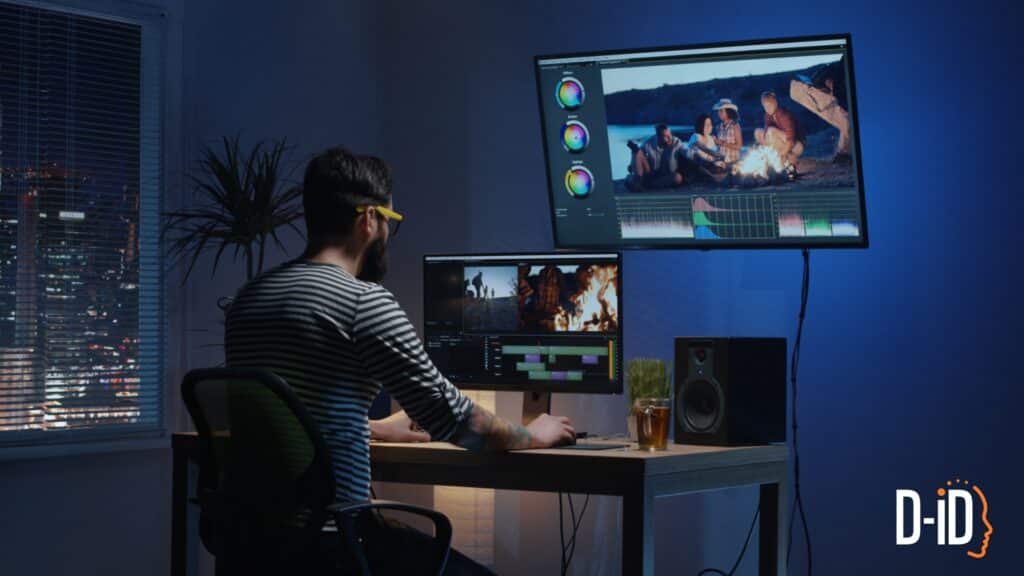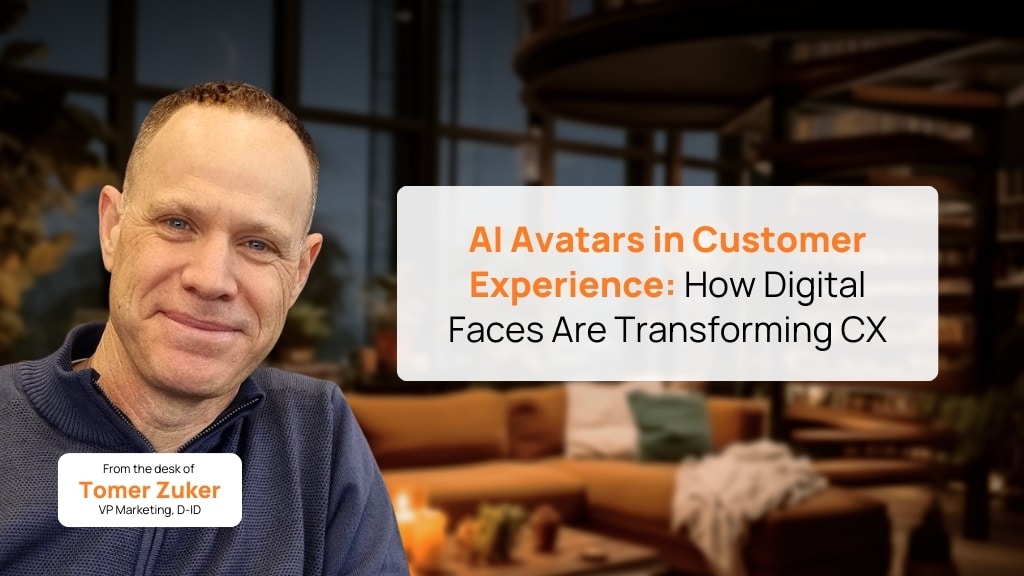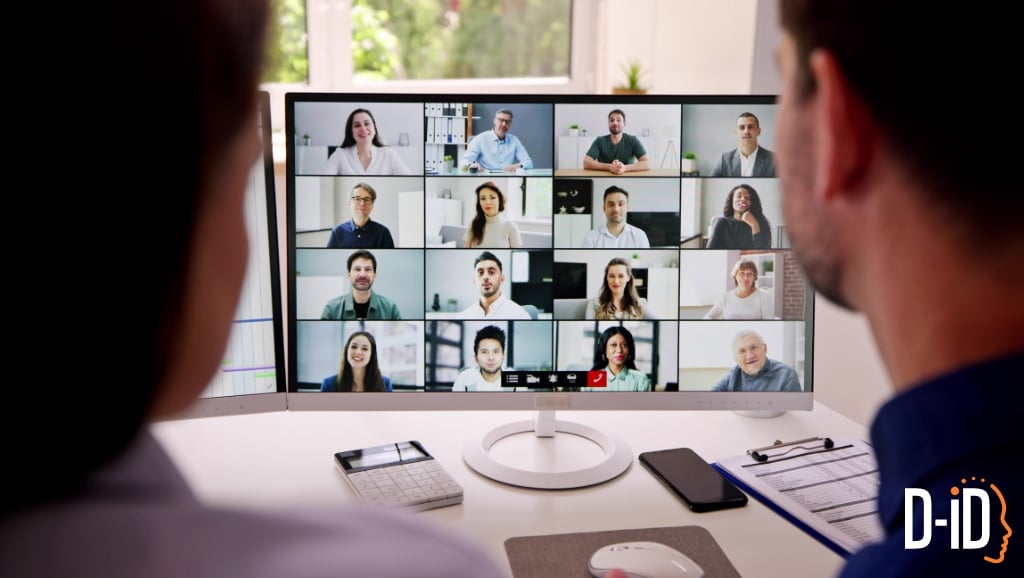Employee Onboarding 101: Hook Them from Day One

According to experts, a great employee onboarding process can make the difference between creating an organisation’s middle-ranking performer and their out-and-out stellar player. We take a look at what you can do to make sure that your onboarding process is as successful as possible.
Remember that heady mix of exhilaration and terror as you walked into the classroom on your first day at school? Or the butterflies in your stomach as you locked eyes with your first proper date? What about your first day at work?
However accustomed our older selves have become to regular job-hopping, most of us will have those exact same feelings every time we start in a new role.
HR wisdom suggests that getting the onboarding process for new employees right from the get-go can contribute directly to the bottom line. Yet all too many organizations view it as a distraction, a necessary evil which can be skimped on.
Up to one in four starters choose to quit before the first few months are out; disappointed at the mismatch between a shiny job spec and the lackluster day-to-day reality.
Yet while having a good start at an organization makes it more likely that new employees will stick around, saving significant recruitment costs down the track, the early days also impact their long-term success or failure.
So far, so clear then that taking bold steps to improve your employee onboarding process makes sound financial and people management sense.
But what about the costs?
There’s no doubt that an all-singing and dancing induction program can be expensive. By deploying next-generation digital tools though, showcasing the organization and company culture and making newbies feel valued doesn’t need to break the bank. A good employee onboarding process can be less expensive than you think.
As our new guide to employee onboarding shows, tech developments make welcoming a new member of staff more affordable than ever.
Adept at handling both the core information that all starters require as standard, yet also able to add on the extra welcoming bits that make a starter feel warm inside, AI can save both time and money.
The ideal new employee onboarding process should:
- Build rapport before day one to boost new hires’ confidence
- Ensure a warm welcome from the top, this time using next-generation AI
- Manage the great expectations on both sides to maximize early promise
- Establish a cultural fit helps trigger long-term commitment and engagement
- Giving post-honeymoon feedback keeps onboarding effective and relevant
Let’s see how these elements of a successful onboarding process plays out in detail in our onboarding checklist.
Build rapport before day one
By starting your new employees onboarding at least a week before the start date of your new hire, you will bridge the gap between ‘I got the job’ euphoria and first day nerves and help ensure the new employee hits the ground running in that first week.
The perfect employee onboarding process begins with essential hire paperwork and mandatory training before moving on to key information about the organisation, the role and the projects your starters are likely to be involved in.
Remember that when you’re new, getting acclimatized quickly to the company culture and company policies can make a big difference to how positively or negatively you view your employer.
Nuts and bolts information about getting to the location, on-site car parking information, security pass procedure, catering arrangements and even directions to restroom facilities may sound trivial.
Yet knowing how long the journey is likely to take in the rush hour, or where to get a coffee, can make the difference between a difficult first week and a winning one.
By paying attention to the minutiae of office life, as well as more grandiose topics such as social governance or market strategy in your onboarding program, will hook new hires from the start, ensuring ongoing employee engagement.
A warm welcome from the top
While it may once have been the norm for newbies to receive a face to face welcome and encouraging handshake from someone senior before their first lunch break, hybrid working makes such formalities less relevant.

Yet whether a new hire is set to be based in HQ, or will work remotely much of the time, getting up close and personal with colleagues before they start will make them feel more engaged and committed to the firm.
Although meet and greet events have traditionally been done live and in person, developments in AI make the pre-recording of a video welcome – featuring the entire team at their desks or perhaps using avatar stand-in’s – convenient and affordable.
By cutting out the costs of a crew, lighting, make-up, sound, location and wardrobe, new tech can also help bridge the gap between new employees at the coal-face and the top brass throughout the onboarding process.
An off-the-shelf, talking head video of the chief executive offering a generic first-day welcome helps reassure new recruits that they are valued by the executive floor.
More personalized messages to individual recruits, recorded in their own language, make it possible to improve your employee onboarding process even further with the use of best-of-breed AI.
Great expectations
What do you want the new hire to do in the first few weeks? Should they focus solely on theoretical onboarding tasks or does a rush job mean that they will need to dive straight into their paid role?

Failing to provide new hires with clear instructions can add unnecessary stress and anxiety but that doesn’t mean bombarding them with information churned out by an onboarding sausage machine is a good strategy either.
People learn in different ways and at different paces and it’s important to tailor your content to individual styles. While some people respond best via quiet reading, others will prefer a one-to-one orientation, group work or the opportunity to get hands-on.
However they learn though, remember that new hires being onboarded may quickly become overwhelmed by the deluge of new intel – not to mention all the unfamiliar names and faces – and need regular periods of downtime in order to keep pace.
Onboard buddy
Whether it’s David from Logistics who has been in the organization for a thousand years or kind-hearted Dawn; a sympathetic sounding board for everyone’s’ personal problems, it’s good practice to assign a named someone to help bring your employee onboarding process to life and provide some support for your new hires.

Getting to know how a new organization ticks will inevitably raise questions, many of which will not be covered in the official onboarding program or employee handbook. It’s a less structured onboarding process.
Most new hires will encounter teething problems – with the accounts department perhaps, or security passes – but may be reluctant to bother busy managers or the HR department with such trifles.
Other employees will already have devised shortcuts to overcome the irritating glitches in the expensive new IT or accounting system and by passing on essential hacks, can help mitigate any early stress points and ensure a smooth transition from newbie to experienced hand, increasing employee engagement.
While an onboarding buddy tends to be a middle or junior-ranking member of staff, consider assigning more expensive hires their own mentor. By drawing on the experience of senior colleagues, a good mentoring scheme will help ensure that a significant hire’s career trajectory travels in the right direction helping employee retention in the longer term.
Cultural fit
Every organization has, over time, built its own unique set of values or ‘how we do things around here’ and for any new hire, getting to grips with the prevailing cultural norms can be the biggest challenge of all.
Whether your cultural style tends to be strictly profit-led or leans towards the philanthropic, there’s no time like those early weeks to share your corporate vision with the future lifeblood of the firm.

By getting a new hire on board with how you view your organization’s role in the modern world, you can build loyalty and an all-important sense of purpose as the recruit settles into the job.
For the most part, an employee’s first few days on the job should be spent learning about the company, perhaps via a mix of one to one or group sessions plus private learning.
Providing real-world examples of how your corporate values are played out on a daily basis – both in good times and bad – is an essential chapter in any organization’s story and builds personality for your employer brand.
Don’t forget to outline the attitudes and behaviors that are encouraged and discouraged in your workplace and set clear goals around individual performance, as well as relationships with customers and colleagues.
By offering newbies a clear outline of your expectations, you continue to improve your employee onboarding process and offer your people a crucial roadmap to future success.
Post-honeymoon feedback
After a few weeks, Henry in HR and Sally in Sales may already seem like part of the furniture but this is no time to let down your guard.
View your employee onboarding process as a long-term relationship, not a brief flirtation and satisfy yourself that the newbies are settled and productive and not secretly negotiating to quit for your closest competitor.

Get progress reports from buddies and mentors and if difficulties have arisen – personality clashes with colleagues or clear signs of overload and stress – take steps to address them.
The impact of employee onboarding should be measured in years, not months and while a good experience means people become productive sooner, a bad one may trigger a rash of costly emergency recruitment drives.
Ultimately, the best way to improve your employee onboarding process is to ask new staff for no-holds-barred feedback and take their comments on board.
What did you get right, where did it go wrong and do they have any suggestions of how future recruits can be made to feel at home?
The final tip in our new guide to employee onboarding is to remember your own first, bewildering days at your current organization and to listen.
Take time to hear and absorb what your new people have to say about your onboarding program and like them, continue to learn from your mistakes.
What D-ID can bring to your onboarding program
D-ID automates the creation of AI-based video training materials making for a faster and more effective onboarding process. Highly personalised content can be generated on the fly.
To learn more about how you can create as many talking head videos for your corporate training content as you need, at the click of a button a fraction of the cost get started here.
Was this post useful?
Thank you for your feedback!


